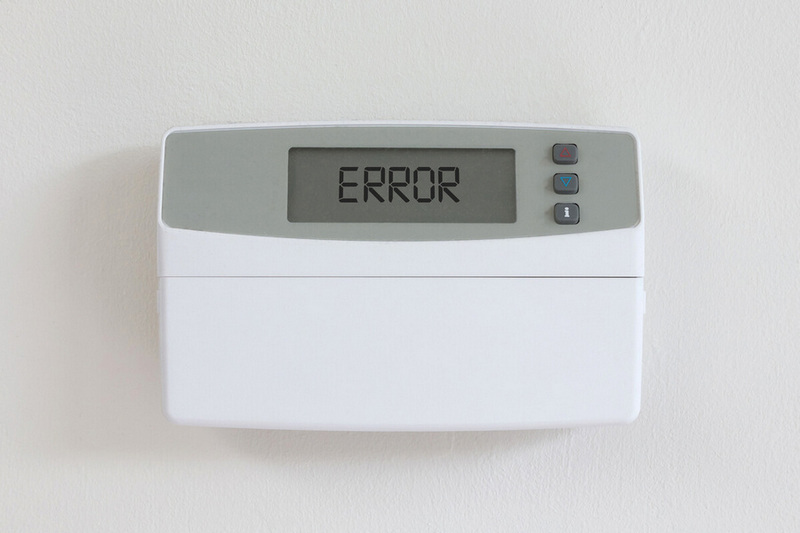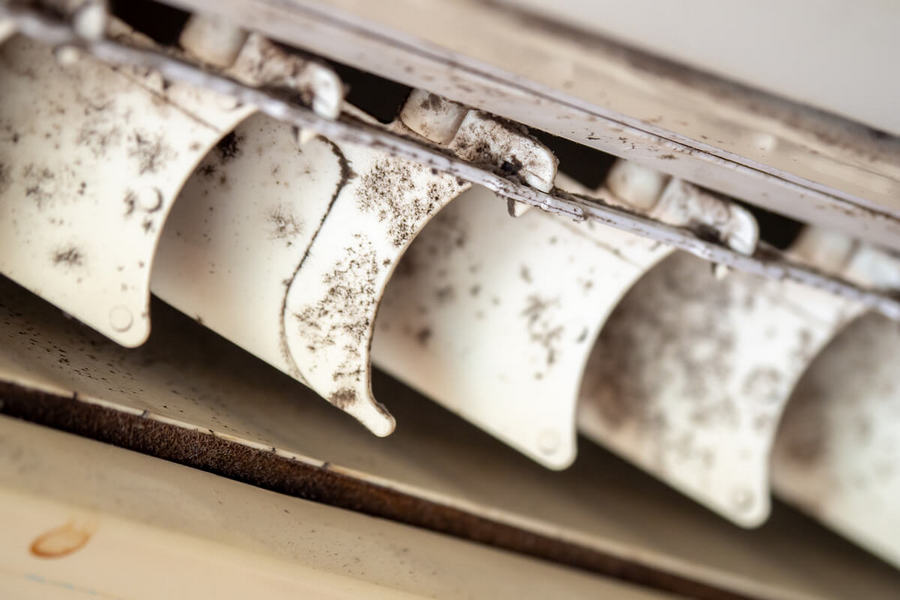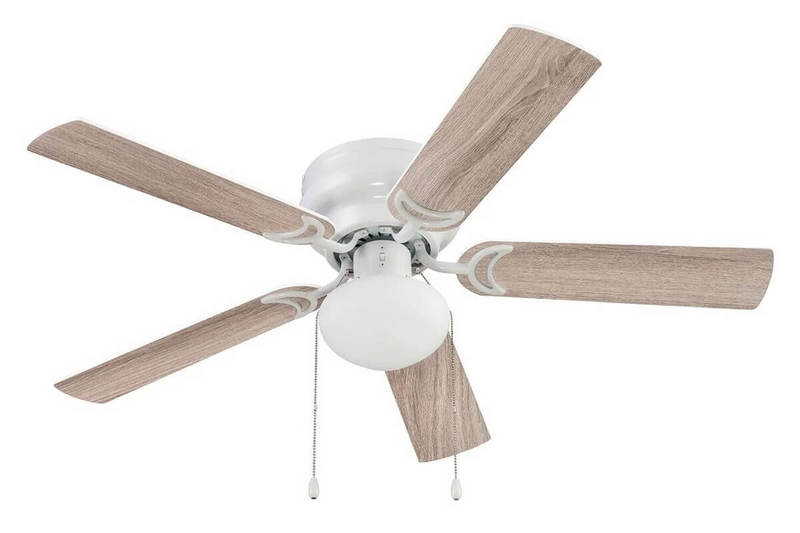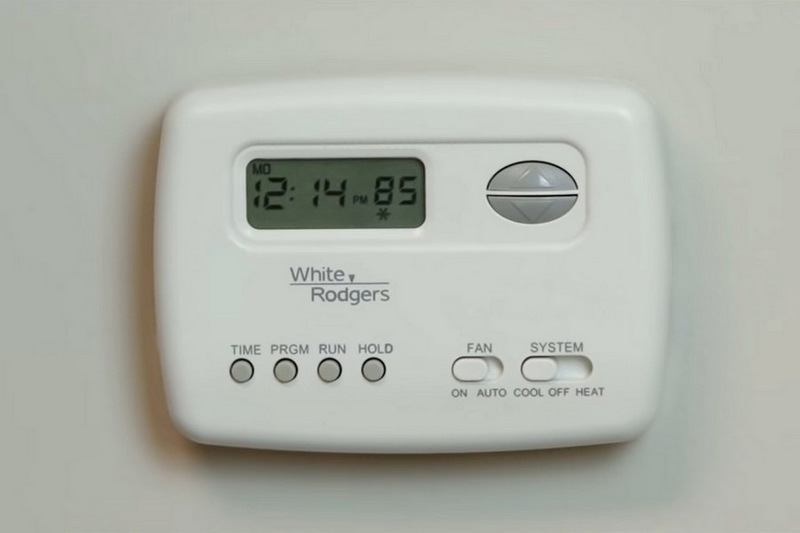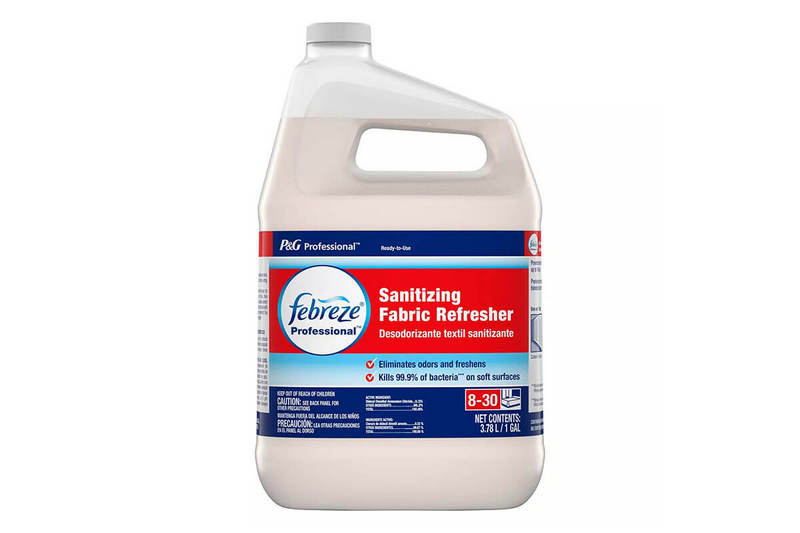Germs are a group of microscopic invaders that can cause harmful infections. They can spoil food, contaminate materials and make us sick.
Germs such as microscopic bacteria, fungi, protozoa, and viruses have different responses to different temperatures. Generally, hot temperature kills germs; therefore, the three methods employed to kill them are temperature sterilization, filtration, and radiation.
Do Hot Temperatures Kill Germs?
Since the beginning of time, people have used heat to kill germs. Even Ancient Greek civilizations used high temperatures and boiling water to kill germs and pathogenic bacteria.
Hot temperatures are better suited to kill microbes as exposure to heat kills bacteria and viruses as it destroys the germ cell.
Germs can grow over a range of temperatures. They have an optimum temperature at which they are most active.
Similarly, they have a temperature at which their structural components can get damaged. All germs, particularly viruses and bacteria, are prone to die if subjected to heat.
The sterilization process uses a hot temperature where we provide heat in a dry or moist state.
Dry Heat Sterilization
The dry heat sterilization is carried out mainly in a hot air oven. Dry heat sterilizes instruments and laboratory glassware such as Petri dishes.
Sometimes, instruments like syringes or needles get contaminated by microorganisms. Heat kills bacteria and viruses when they get exposed to dry heat directly.
Moist Heat Sterilization
Moist heat sterilization involves heat combined with moisture or steam. It effectively kills microorganisms as it coagulates their proteins.
Moist heat sterilization is the process used for culture media and liquids. An autoclave is a machine that sterilizes the materials. It heats them to a particular temperature for about 20 minutes. Autoclaving is the most efficient method to kill microorganisms, and hospitals and laboratories use it.
Boiling Water for Sterilization
Boiling water is the most common and easy method to kill germs. To disinfect water, you have to heat it to 100°C for about 20 minutes.
Such a high temperature effectively kills most pathogenic organisms such as viruses and bacteria, which cause waterborne diseases. Hot water can sterilize dishes and kitchenware at home. It is an effective method that only requires a source of heat.
Does Cold Kill Germs?
Cold temperatures do not kill germs. They can inhibit the growth of certain bacteria and viruses; however, they cannot destroy them.
Most of the bacteria and viruses become inactive at 0 degrees Celsius. Some of them grow and thrive better in the cold, while some bacteria grow rapidly in warm weather.
Cold air restricts the growth of bacteria while, on the other hand, it promotes the spread of viruses. Viruses have different properties, and they are very durable organisms capable of surviving the cold.
Dry, humid conditions and cold are some factors that are favorable in the spread of germs.
The human rhinovirus, also known as the flu virus, thrives better in humidity and lower degrees of temperature.
Similarly, research shows that viruses like influenza also spread rapidly in the winter. It means that viruses replicate faster and better in the cold.
It concludes that cold is not effective in killing germs.
Does Freezing Kill Bacteria and Viruses?
The idea that the process of freezing kills germs comes from decades of freezing food to avoid spoilage. However, this is the wrong concept.
Freezing does not kill bacteria and viruses. It only makes them inactive. As long as the food is frozen, the bacteria stays in the state of hibernation.
As soon as the food thaws, moisture becomes available to the bacteria, making them active again.
During the state of inactivity, bacteria are unable to reproduce. It stops their growth, but they are not dead.
Freezing does not kill viruses either. Recently, the virus found frozen in the Siberian lakes made the researchers question whether these frozen viruses could be infectious.
However, the research is still ongoing; we know the virus did not die even at low temperatures.
Additional Tips to Prevent the Spread of Germs
With coronavirus reaching its peak in most countries globally, it has become crucial to avoid viruses and bacteria.
Precautions to Prevent the Spread of Germs
- Always discard used tissues in the trash can
- Wash your hands with soap and water for 20 seconds
- Cover your mouth when you yawn or cough
- Cover your nose with a tissue every time you sneeze
- Always wash your hands after blowing your nose, coughing, or sneezing
- Wash food packaging
- Use sanitizing wipes to clean food containers
- Avoid public places and gathering if you have a cold
- Use face masks in public
- Do not share utensils or containers such as cups
- Avoid poorly ventilated spaces
Prevent the Spread of Germs by Chemical Agents
Disinfectants are chemical agents made to kill bacteria, viruses, and other germs.
They destroy the microorganism’s cell wall and precipitate the cell protein. The enzymes in the cell become inactive, which kills the germ.
To prevent the spread of germs, you should clean high-touch surfaces.
These surfaces include:
- Tables
- Doorknobs
- Countertops
- Desks
- Light switches
- Faucets
Chemical Disinfectants
Chemical disinfectants can clean surfaces and furniture because of their microbicidal activity. They coagulate and clump the microbes to kill them.
Some of the following agents are suitable disinfectants:
- Alcohols: The most common and frequently used disinfectant is Isopropyl alcohol. It is antimicrobial against viruses, fungi, and bacteria and the base of sanitizers.
- Detergents: It’s cleaning solutions. They have the property of a surfactant. It means that they destroy the lipid membranes of germs. They also have compounds that increase the cleaning abilities. Bacteria become entangled in the soapy solution, and then water rinses them.
- Chlorine Compounds: Chlorine is widely used in the process of chlorination to kill microbes. It kills germs in the water. Chlorine is also present in disinfectants, such as the bleach that cleans bathrooms.
- Phenol: It’s the oldest antiseptic that kills bacteria. It decontaminates bathrooms, hospital floors, and beds. Phenol is also widely used as a disinfectant for domestic purposes.
Related: Can Febreze Kill Germs?
Cleaning and Disinfecting Clothes
Clothes are the biggest germ carriers. When you haul through crowds or markets, germs come into contact with your clothes, and you can bring them into your house without being aware.
It is essential to wash and disinfect your clothes. Here are some tips for disinfecting your laundry.
- Use warm water for washing clothes
- Use chemical disinfectants
- Wear gloves while washing clothes
- Always clean laundry baskets
- Dry your clothes in the machines dryer
- Steam your clothes after you wash them
- Wash your hands thoroughly after managing dirty laundry
Summary
We know that there is no specific temperature that kills all kinds of germs. Therefore there are no set rules and regulations to kill every bacteria and virus.
However, the most we can do is follow precautions and disinfect top surfaces and floors to prevent the spread of germs.


